I’ve spent the last two weeks trying—and largely failing—to express just what it was that made me fall in love with Lisbon the second I stepped out of the metro station.
It certainly wasn’t the sweltering trek up the massive hill to our Airbnb (hauling our 40-liter backpacks, mind you) that I managed by oscillating between cursing Andrew under my breath for opting out of the tram meant for this very hardship and whispering somewhat pathetic “please, can we pause” cries for help. It probably wasn’t the Airbnb itself either, which, while sweet and quite spacious compared to our previous accommodations, was just an Airbnb. Maybe it was the eye-catching tiled sidewalks, which are, apparently, a source of immense pride for residents of the city, despite the fact that the limestone has worn smooth after decades of wear and in some places, is so slick as to be dangerous.
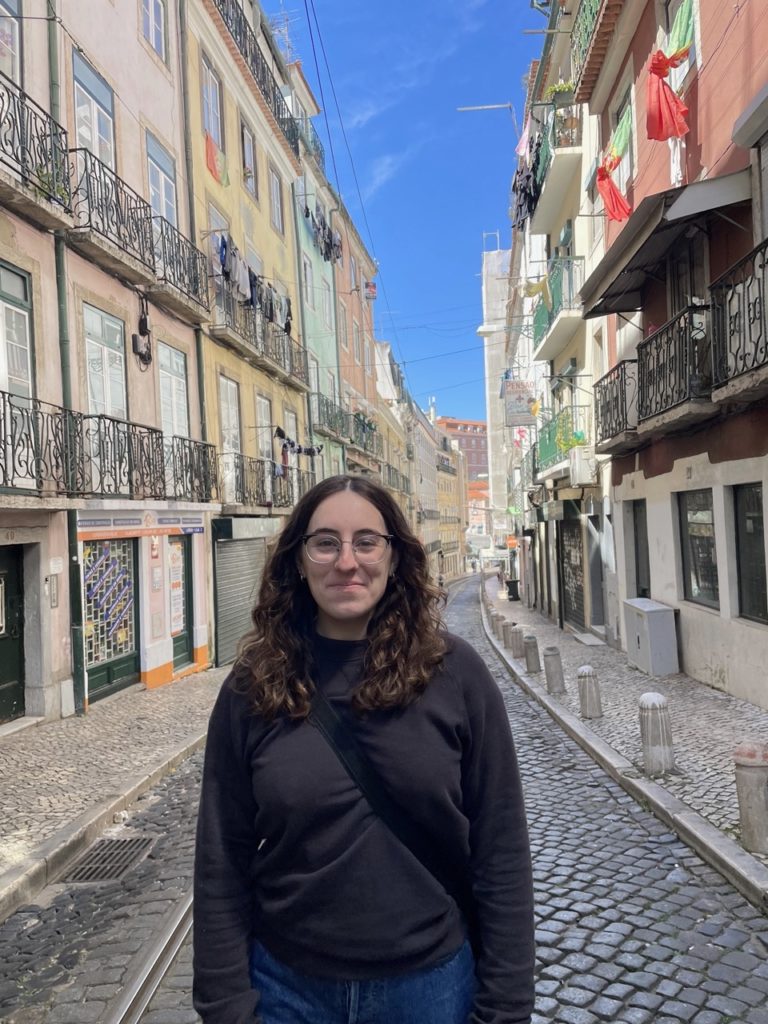
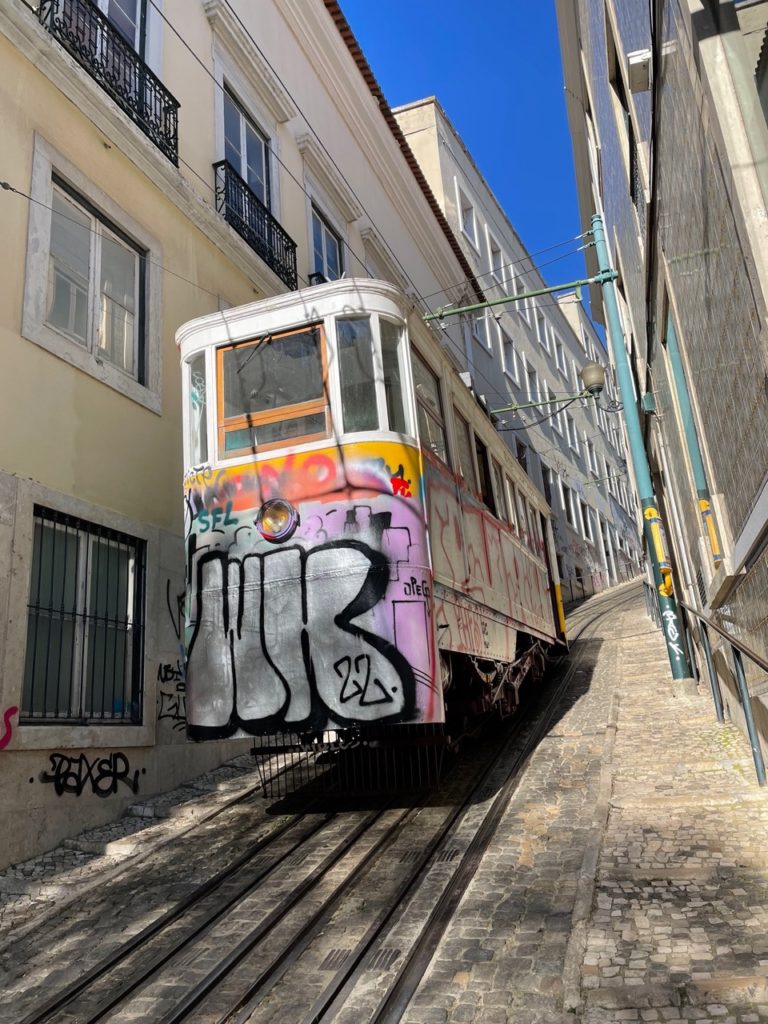
Or maybe it was something else entirely, something in the air that I still can’t quite put my finger on. From our very first hours in Lisbon, I felt differently about the city than any other place that we’d been to so far. There’s a grit and mystery to it, from the graffiti and protest art that adorn apartment buildings and trams to the way the streets seem to tangle in on themselves and plop you out somewhere unexpected. It feels like a city you can really sink your teeth into.
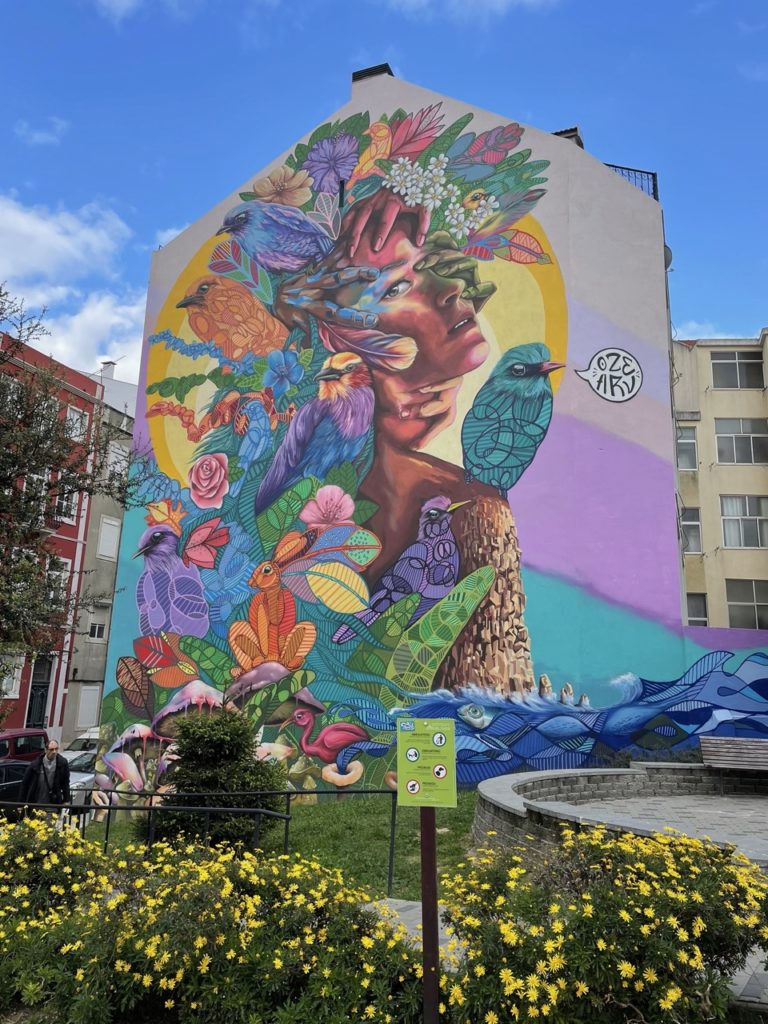
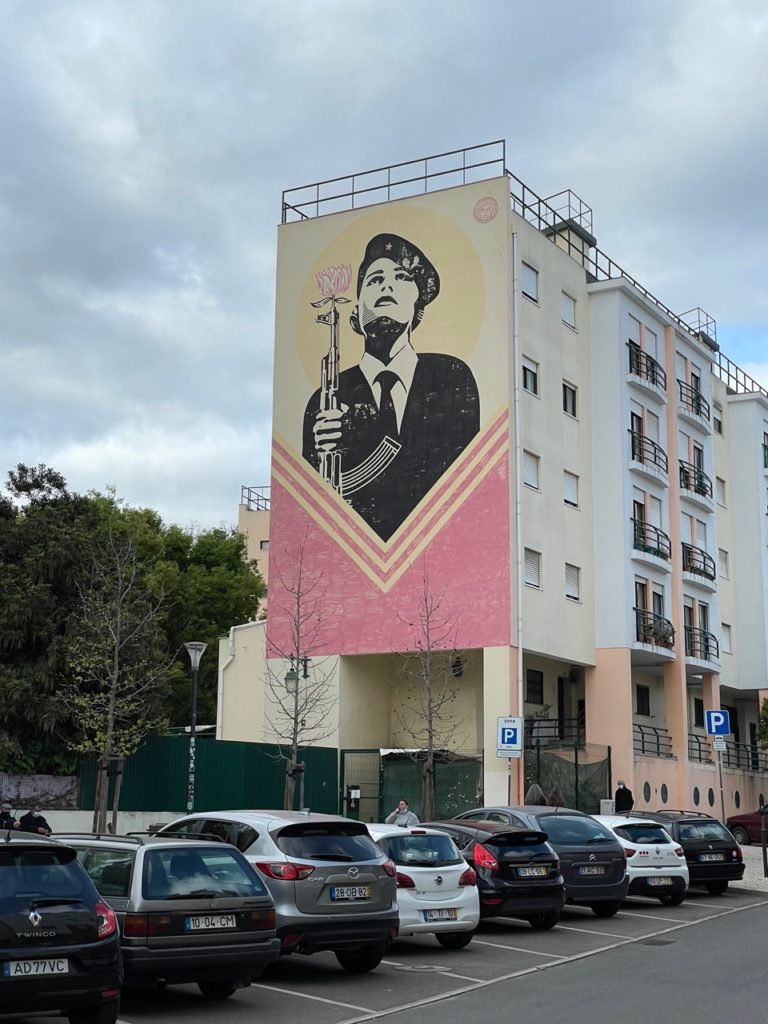
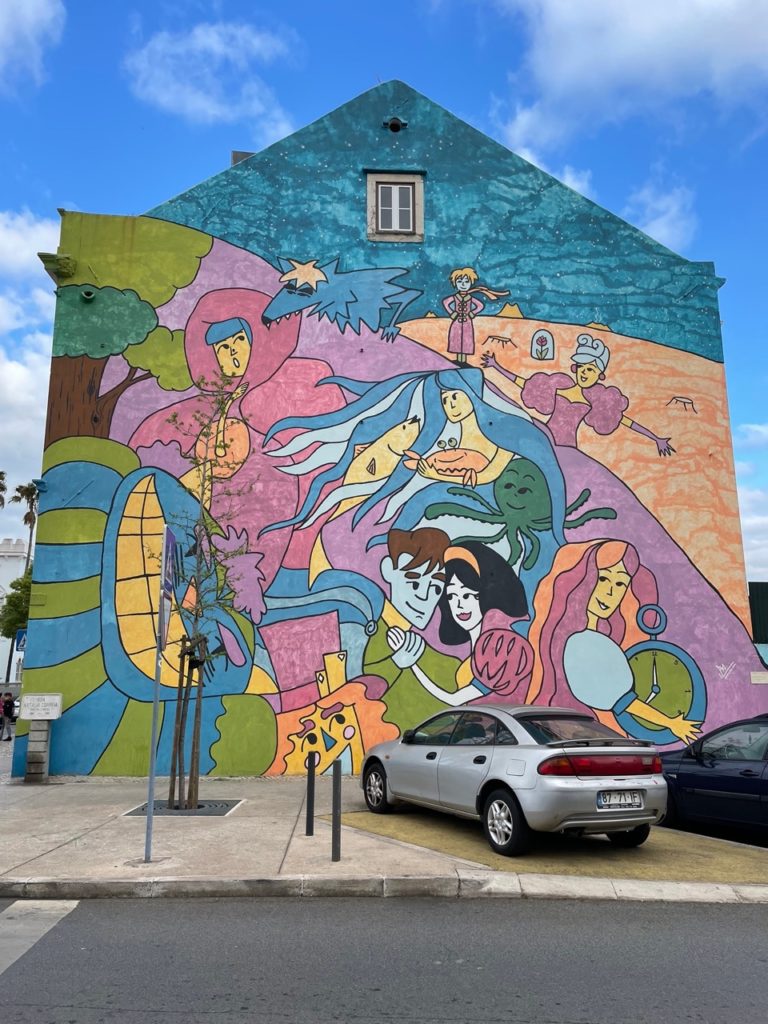
Speaking of sinking your teeth into things, Andrew and I knew we needed to start our first day in the city with a taste of the famous pasteis de nata. These delicious egg custard tarts quickly became a snack staple, though we were careful not to overdo it and get bored of them.
We also sampled the bifana, a classic Portuguese meal comprising nothing more than a few slices of pork cutlet sandwiched inside a roll. Sometimes, if you’re lucky, you get to top it with mustard.
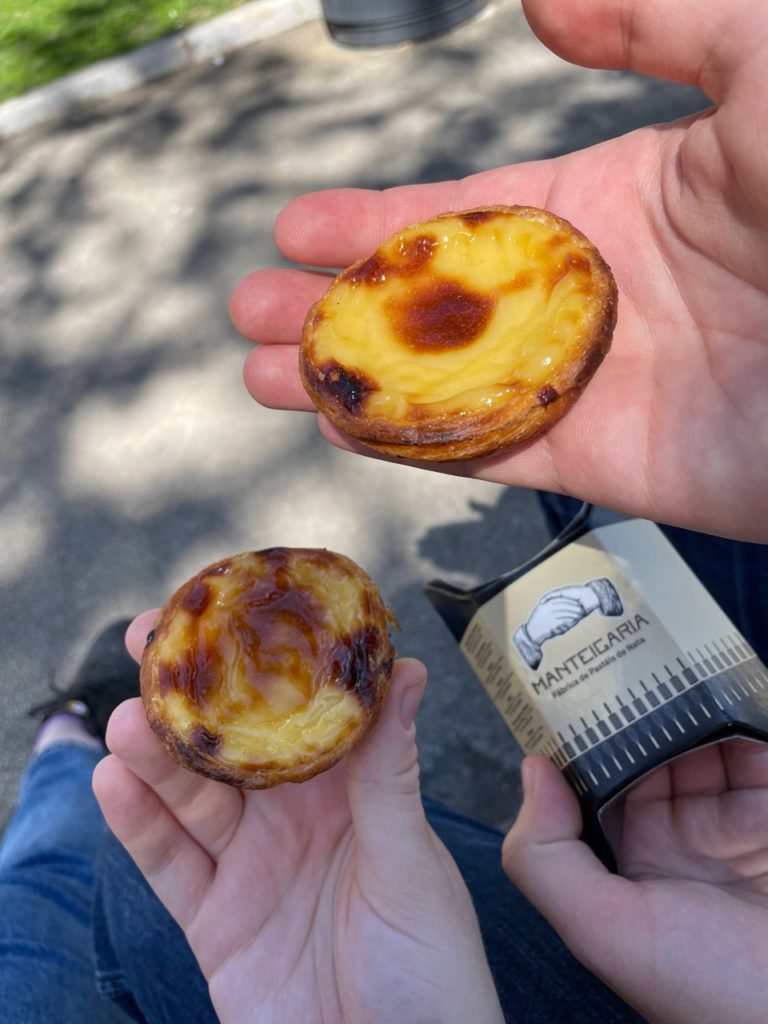
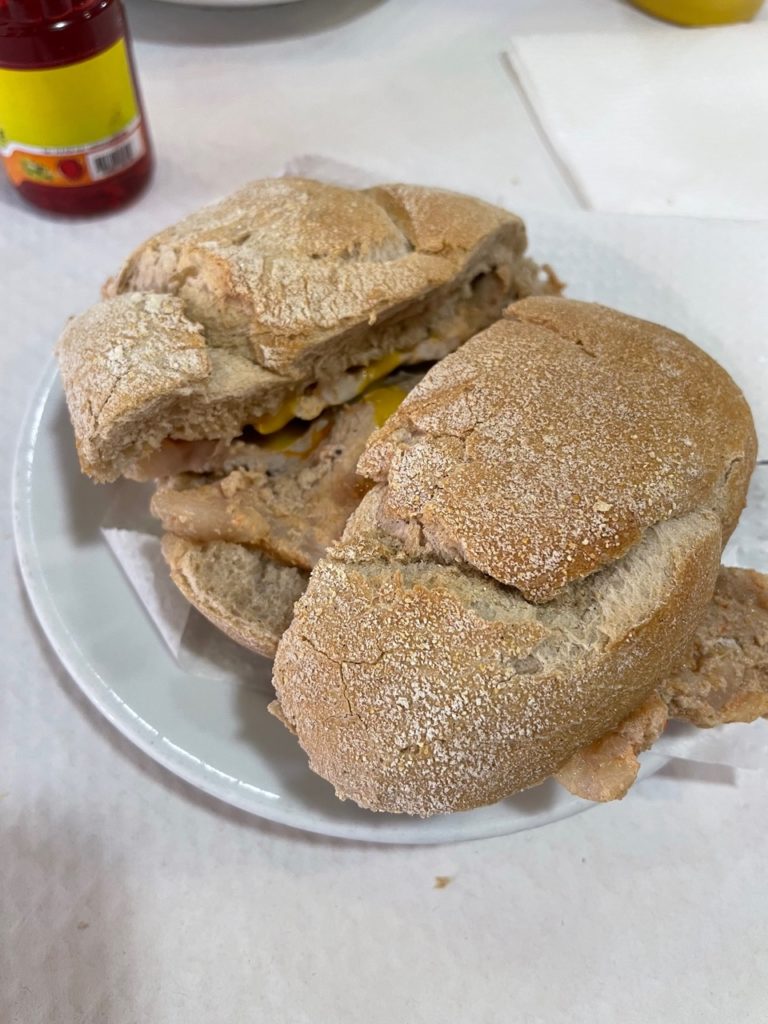
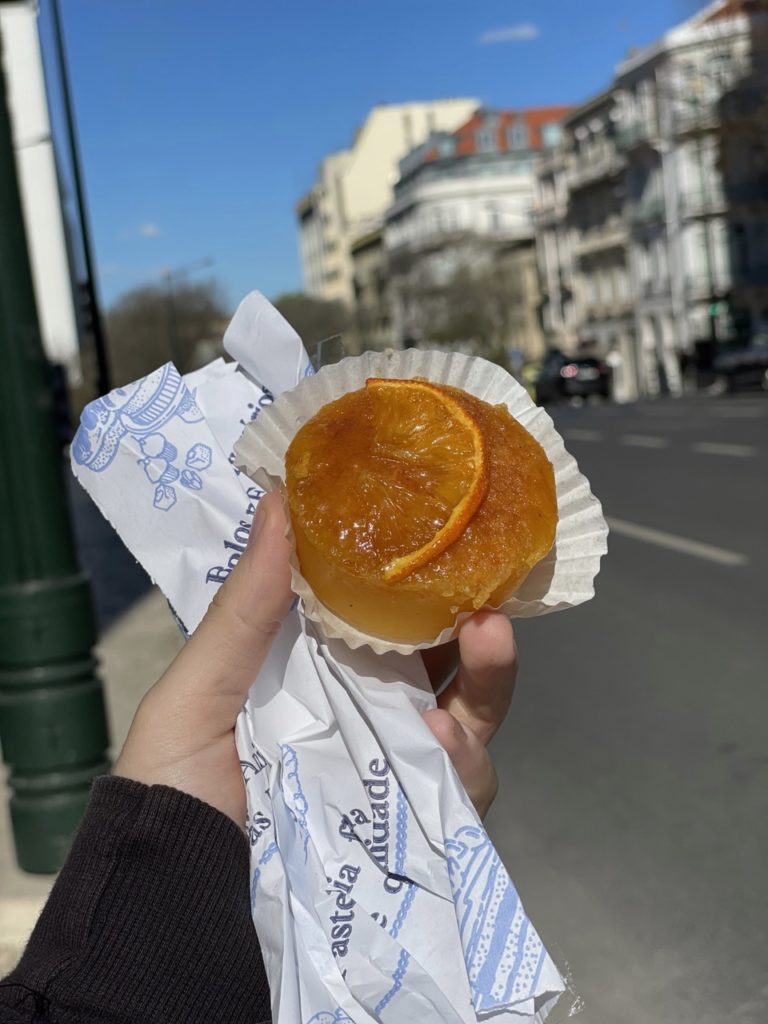
Andrew and I were lucky enough to snag an Airbnb in Alfama, one of Lisbon’s oldest and coolest (and most touristy) neighborhoods, but as we were staying for a week and a half we had plenty of opportunities to explore further out. During one of our first days there, we walked to the opposite end of the city to explore the Estufa Fria, a greenhouse located in an expansive park with all sorts of beautiful flora (and handsome fauna).
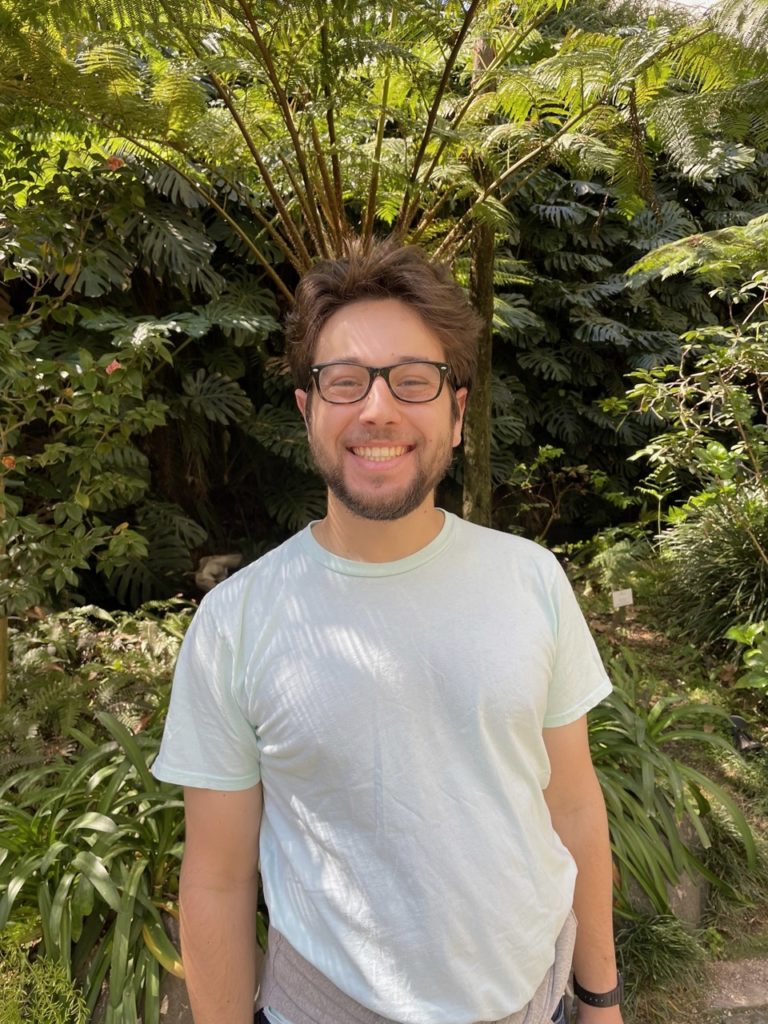
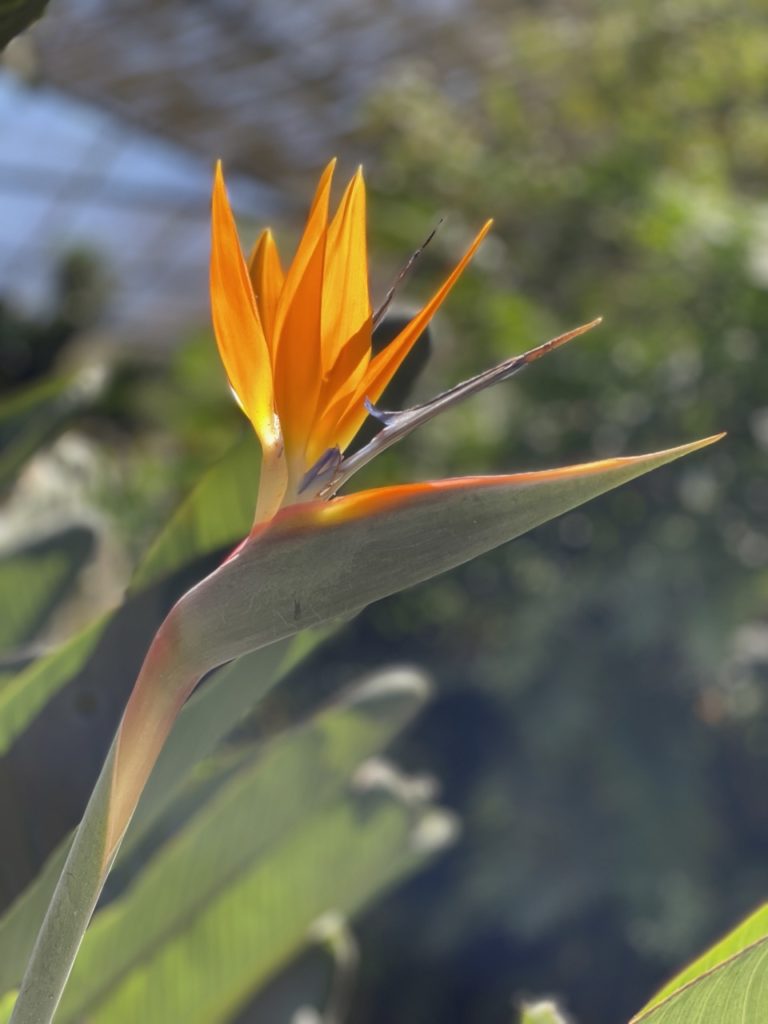
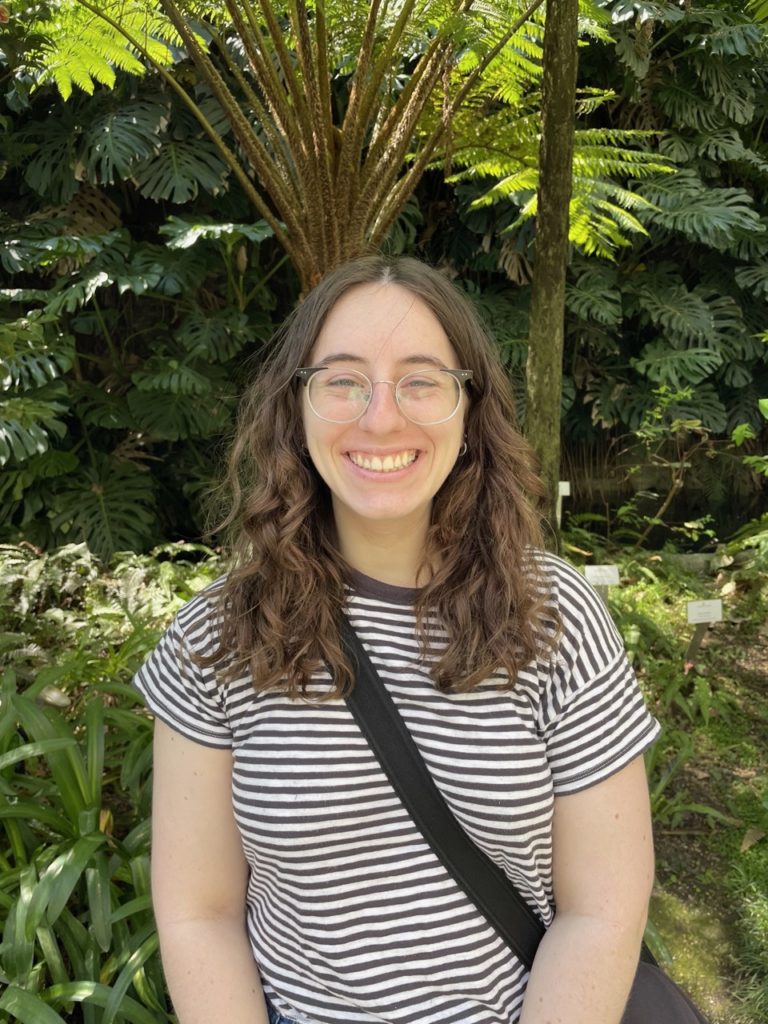
There are also a number of popular, easily accessible day trips outside of Lisbon proper. Our first stop was Sintra, a small city about an hour away by train that, for much of the last millennium, was a playground for Portuguese aristocracy. This legacy left its mark as today Sintra is known for its temperate weather, abundant natural beauty, and absurdly high density of palaces. The Sintra National Palace, for example, served as various monarchs’ vacation home from the early 15th century until the late 19th century. Other complexes date as far back as the region’s Moorish period during the 8th and 9th centuries. Although no longer inhabited by royals, the city remains one of the wealthiest areas on the Iberian Peninsula.
While all beautiful, each of the palaces costs about €10-15 to enter (per person!), and Andrew and I decided to pick just one to pass the morning at. Pena Palace is by far the most famous of the Sintra attractions, and for good reason. Its bright yellow, orange, and red walls are quite impressive, despite the fact that they’d probably benefit from a good power washing.
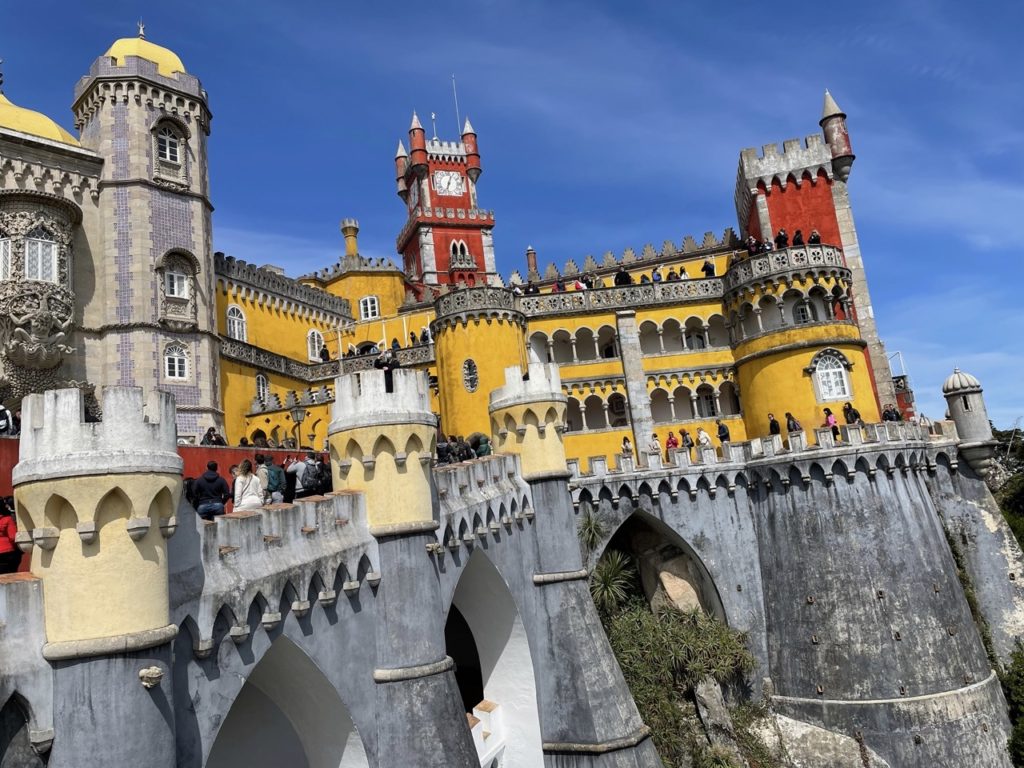
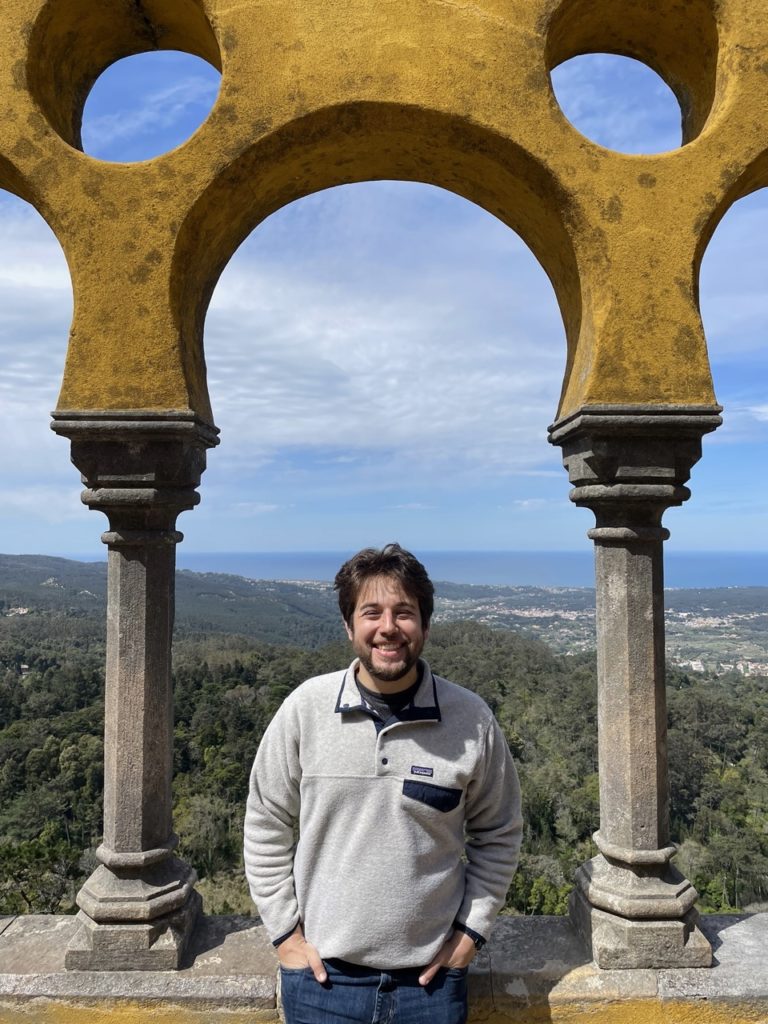
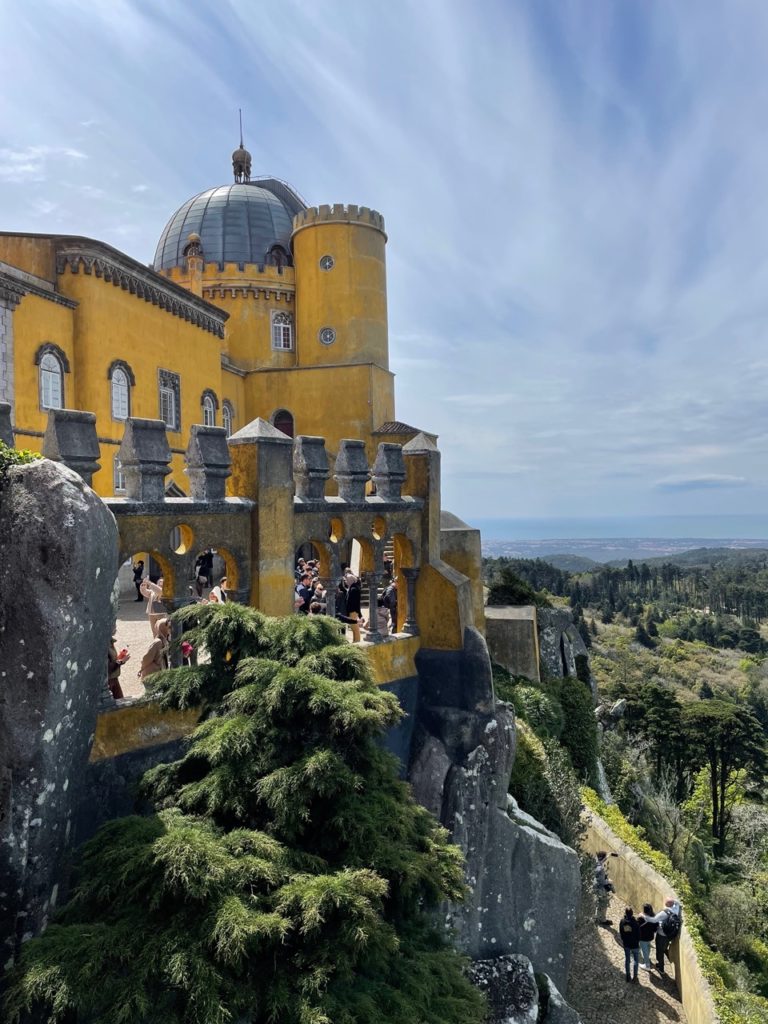
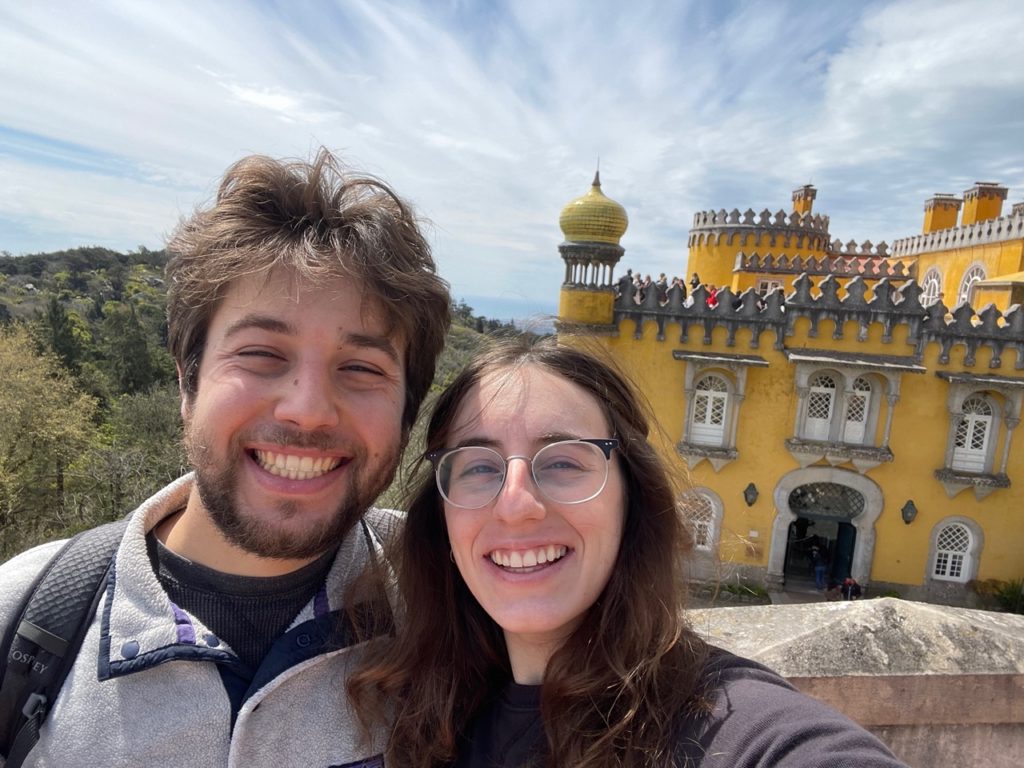
A couple of days after Sintra, Andrew and I took a bus to Belém. Although now technically the westernmost district within Lisbon, Belém used to be its own city and it still feels distinctive. We had signed up for a walking tour of the neighborhood a few days prior, and I’m glad we did. Our guide taught us about the port city’s history as the “birthplace of discoveries,” named for its being the point from which many 15th and 16th century explorers set sail during the height of the expansion of the Portuguese empire (i.e., colonialism).
We also got to try the most famous pasteis de nata in all of Portugal, those sold by the Pasteis de Belém bakery. They claim to have the original recipe, developed by monks at the nearby Jerónimos Monastery in the 18th century, and it’s still a closely guarded secret.
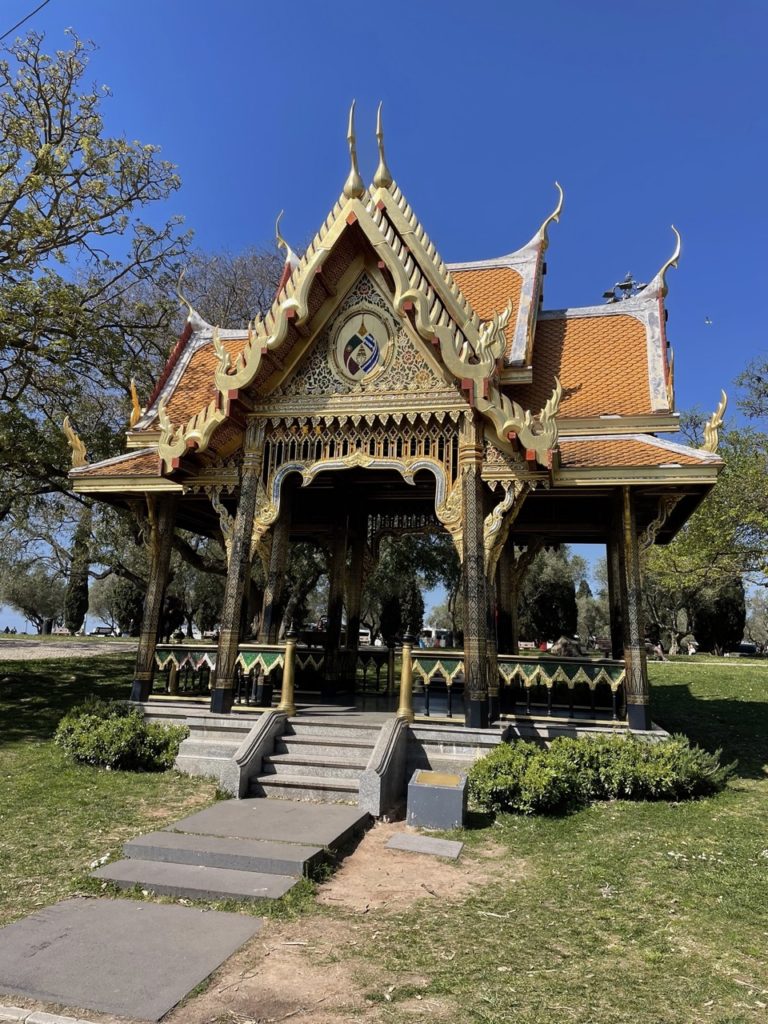
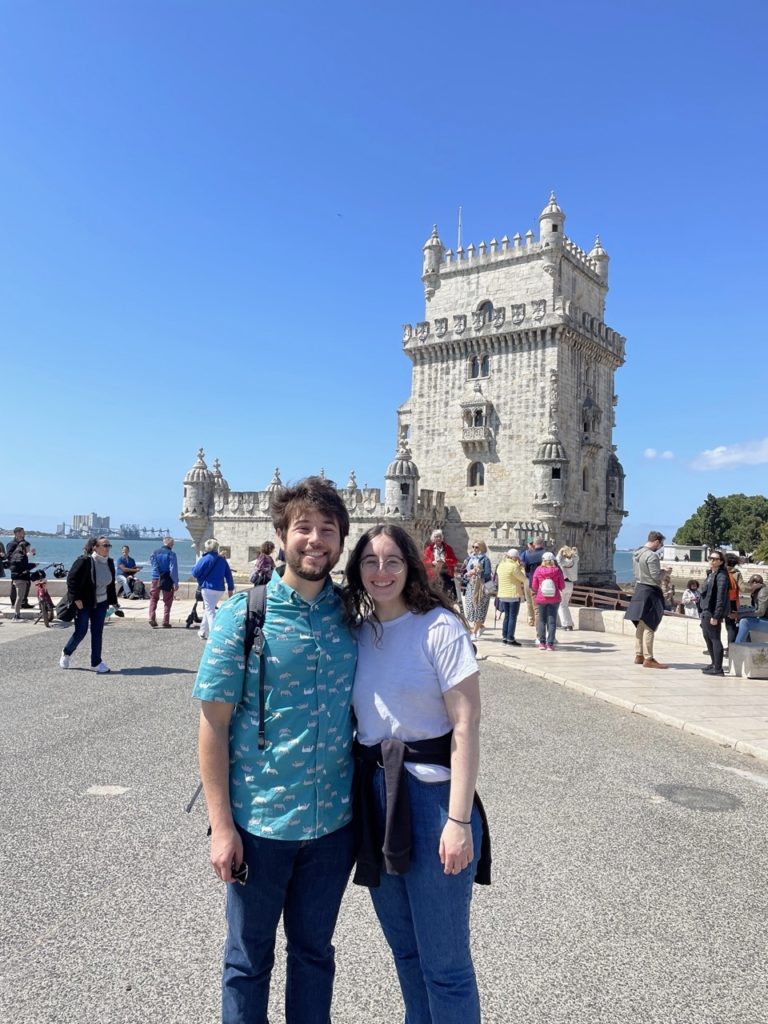
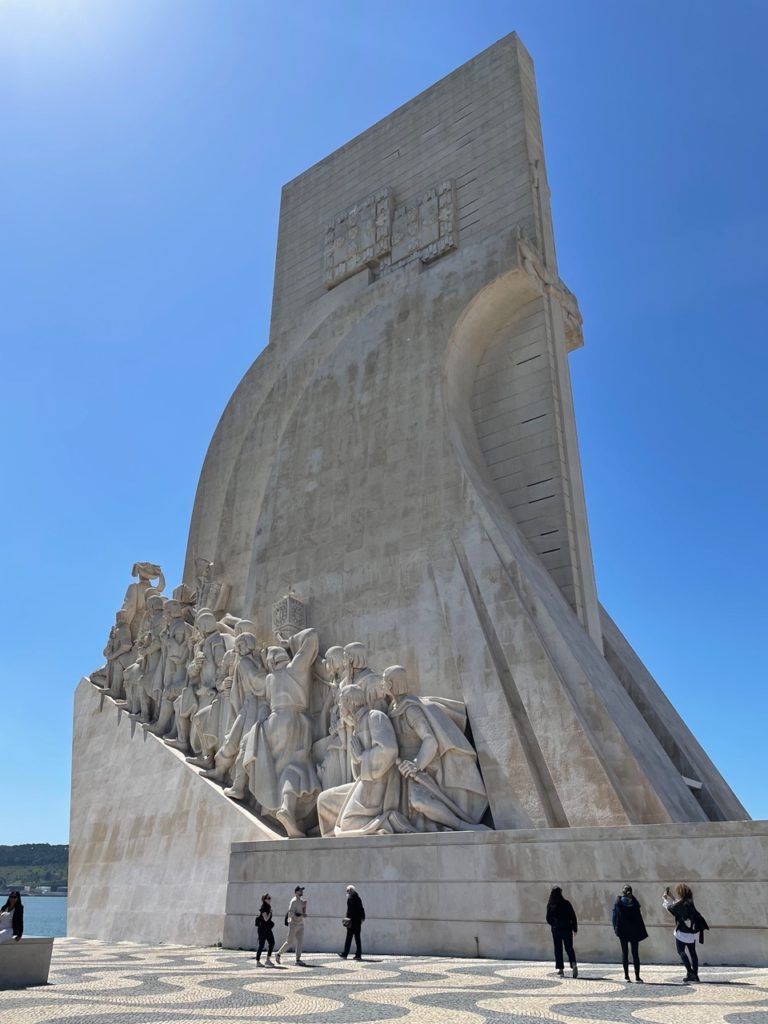
After getting our fill of Portuguese history, Andrew and I took the train west again, this time to the charming beach town of Cascais. We spent the afternoon walking along the water, getting sunburnt, and buying sunscreen.
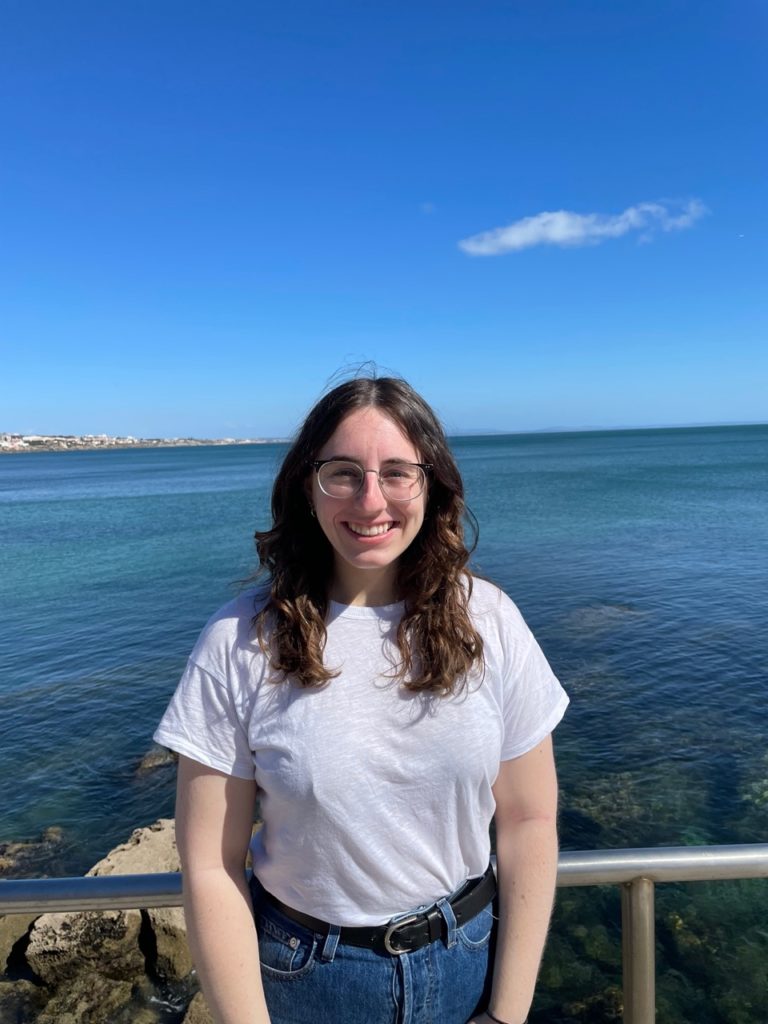
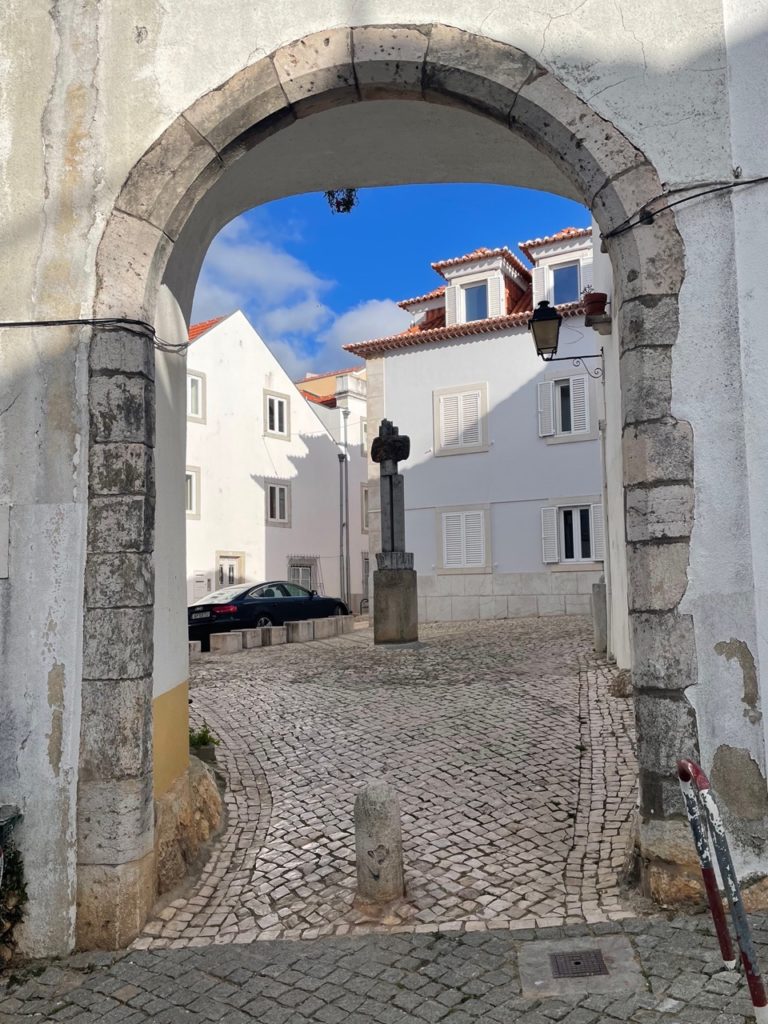
We also visited the Boca do Inferno, a fascinating rock formation whose name translates to “the mouth of Hell.” While we didn’t glimpse any firey depths beneath the water, it was still impressive to think about just how many thousands of years of steadily lapping waves it’s taken to carve out such a structure.
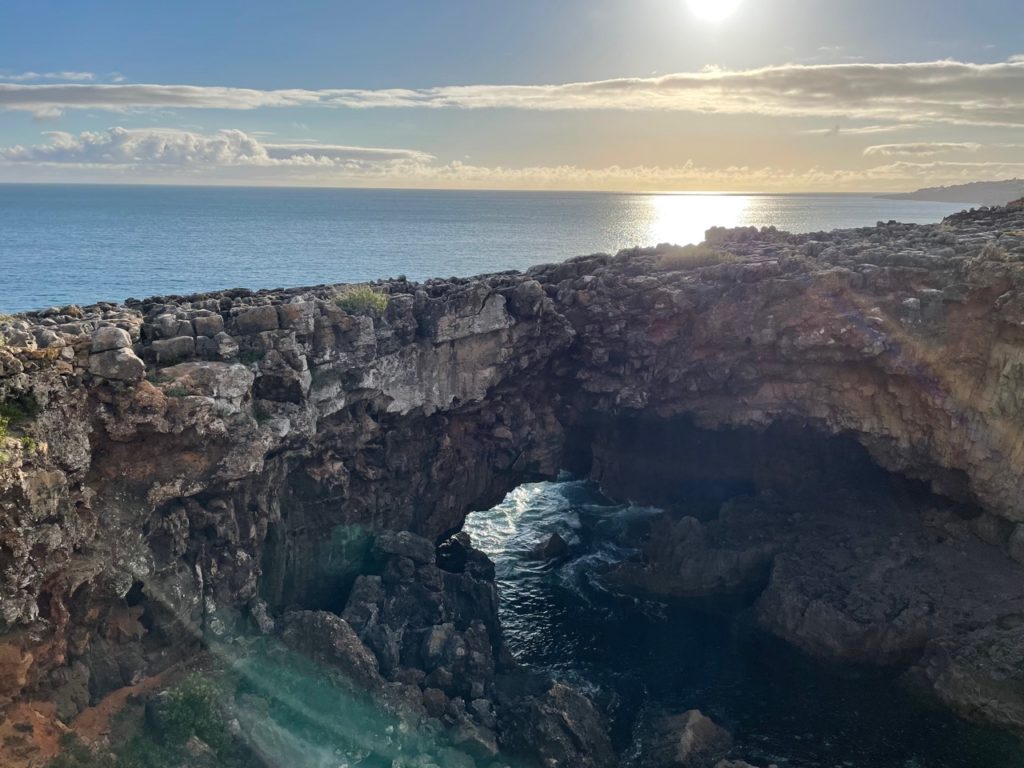
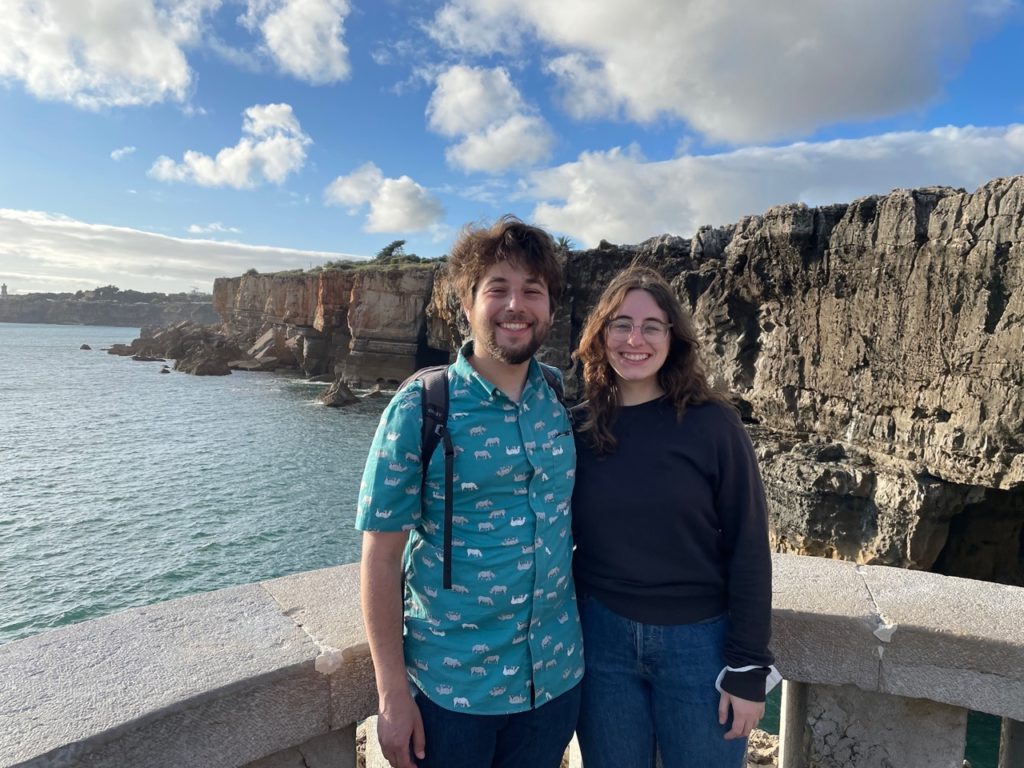
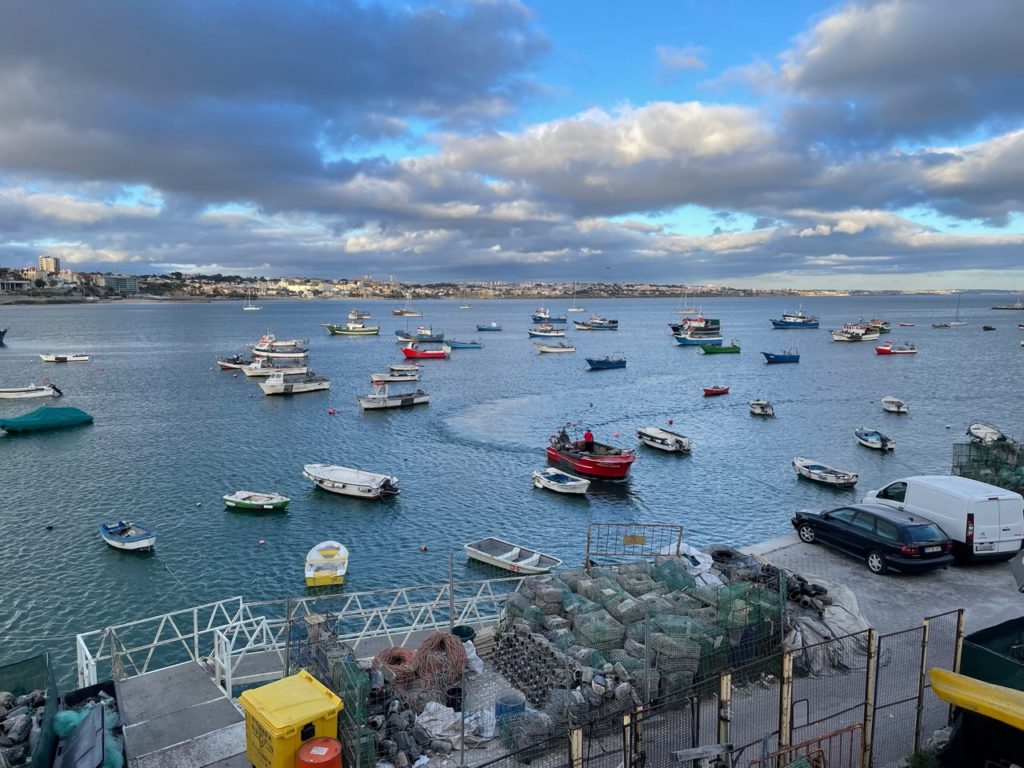
Back home in Alfama, Andrew and I got a fantastic dinner of pica pau at a little bar called Ginja de Alfama. As far as I can tell, this traditional dish is made up of grilled, marinated meat. I’m not sure what makes this different than any of the other grilled, marinated meat dishes we’ve had, but it was quite tasty. We also had an aperitif—we tried ginjinha com copos de chocolate, which is a ginja berry-and-spice-infused liquor served in a chocolate cup. Yum!
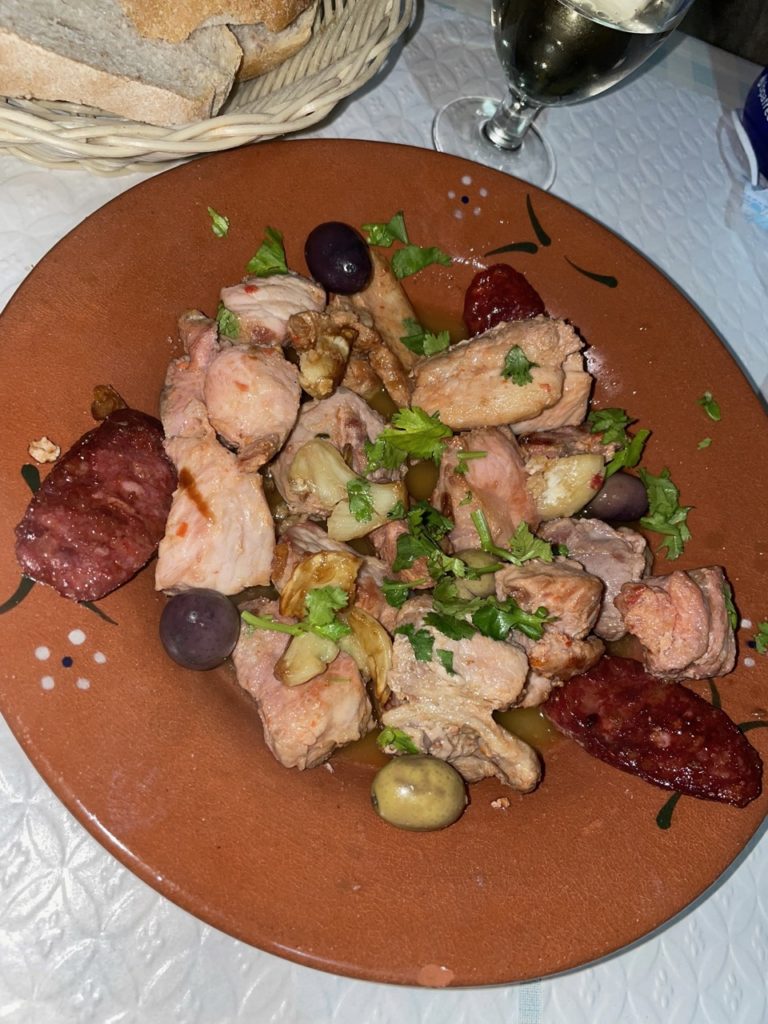
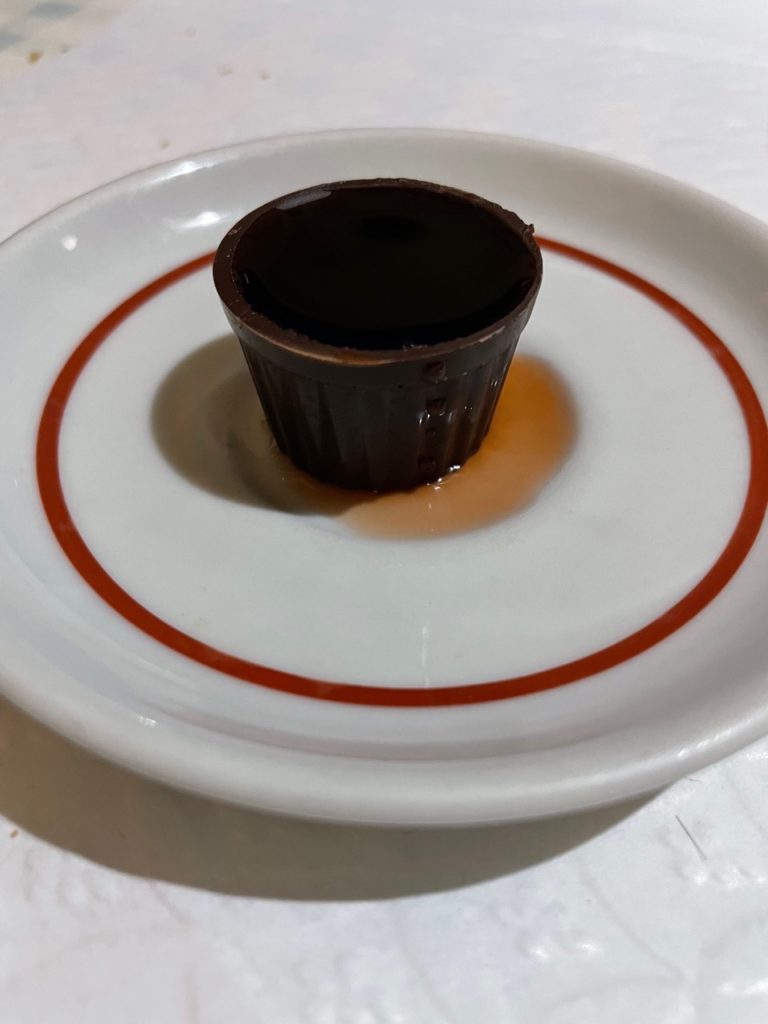
While I’m glad we got to take a couple of day trips and explore nearby towns, my favorite part of our time in Lisbon was when we picked someplace far off and wandered our way there. One day, we walked about forty-five minutes north of our Airbnb to a park with a beautiful fountain. The scenery was impressive, but what really struck me was how, about twenty minutes in, we seemed to cross an invisible boundary and the city completely shifted. We went from narrow, twisting streets with old, three-story buildings to long boulevards framed by six or seven-story tall modern apartment buildings. Instead of tourists snapping pictures or lugging backpacks, we saw families picking their children up from school carrying bags full of groceries.
On another journey, we walked about an hour west along the river to a fairly new attraction called LX Factory. This hotspot of cool restaurants, bars, and shops is built on the bones of an old textile manufacturing plant that was first constructed in 1846. As we followed the water, we saw the bustling heart of downtown fade into semi-abandoned warehouses and empty houses, and then shift back into a well-maintained, pedestrian-dense neighborhood as we approached our destination. It was a strange sensation to walk through these patches of nothing-yet and know that one day, probably very soon, this part of the city will too be torn down and rebuilt as Lisbon continues to sprawl.
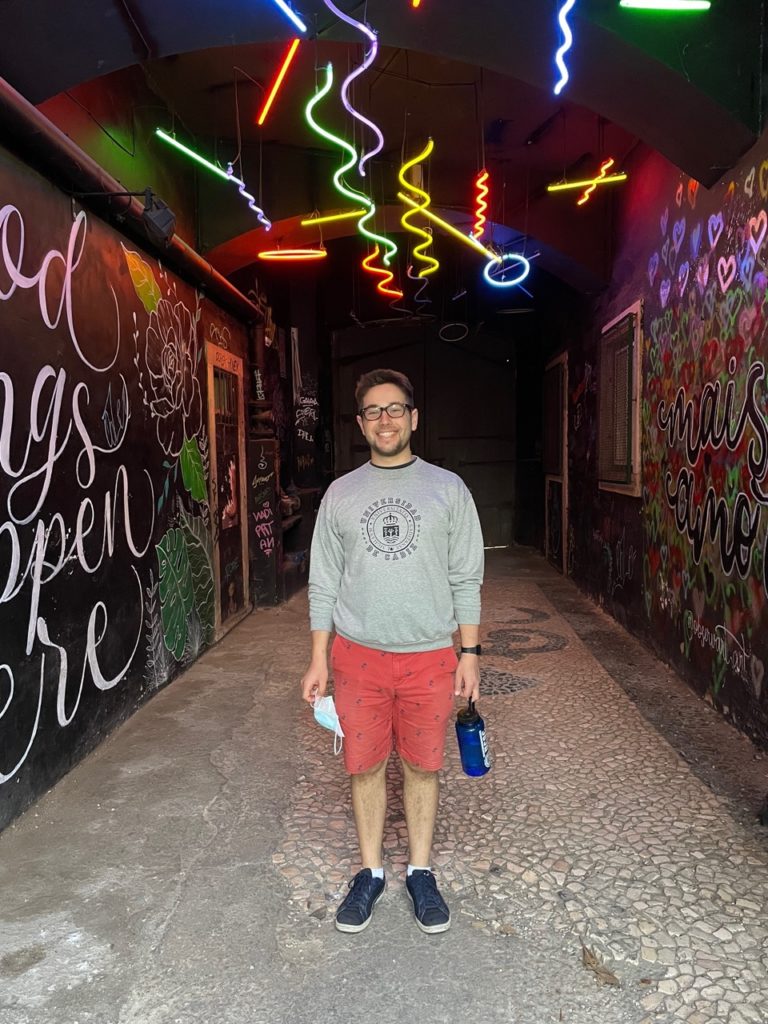
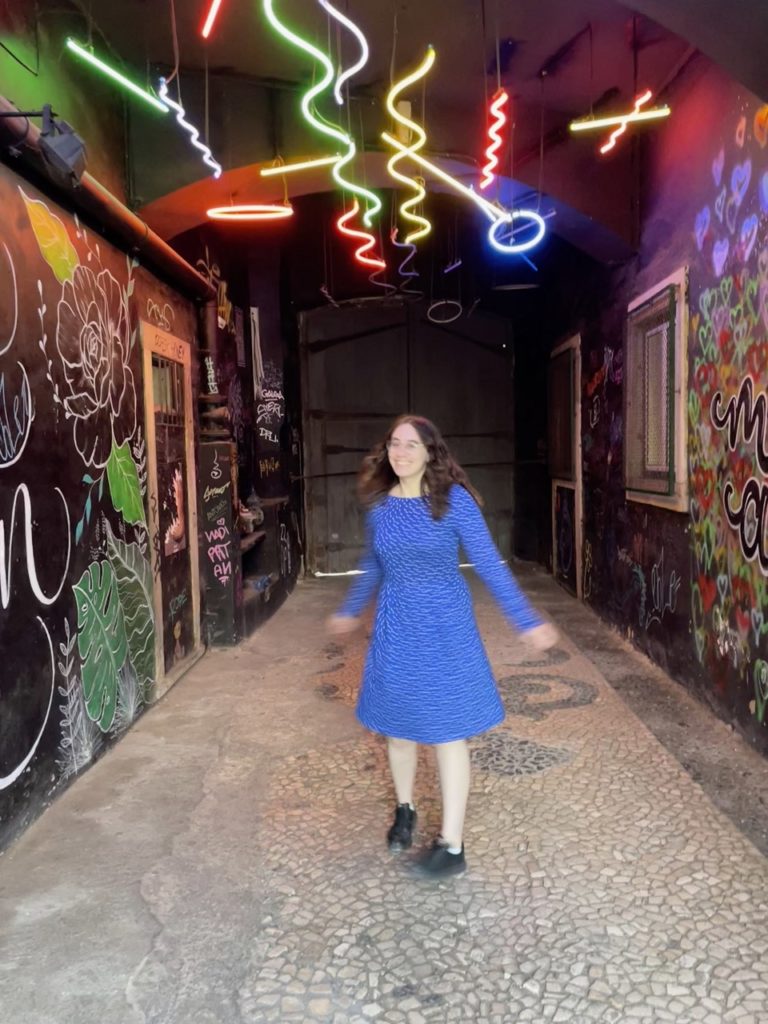
After all this walking and reflecting on the benefits and drawbacks of tourism-fueled urban expansion, Andrew and I needed to refuel. Two of our favorite places we ate at were Restaurante Ideal, a very typical, casual hole-in-the-wall, and Rosa da Rua, a Portuguese take on an American classic—the all-you-can-eat buffet. Both were delicious.
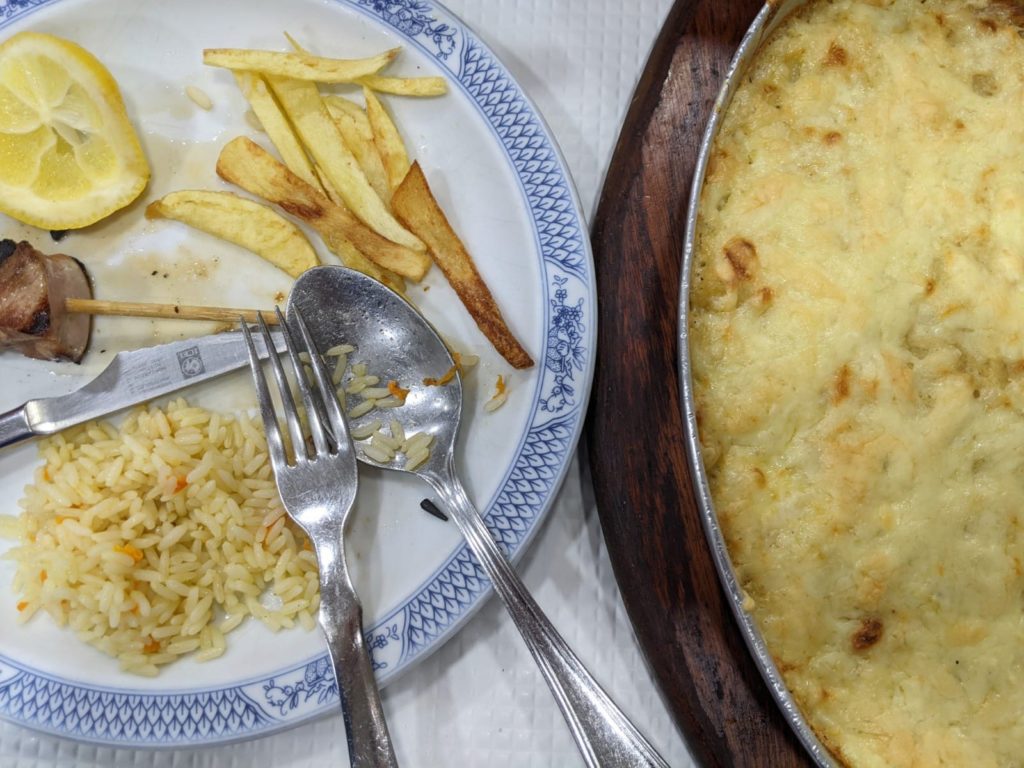
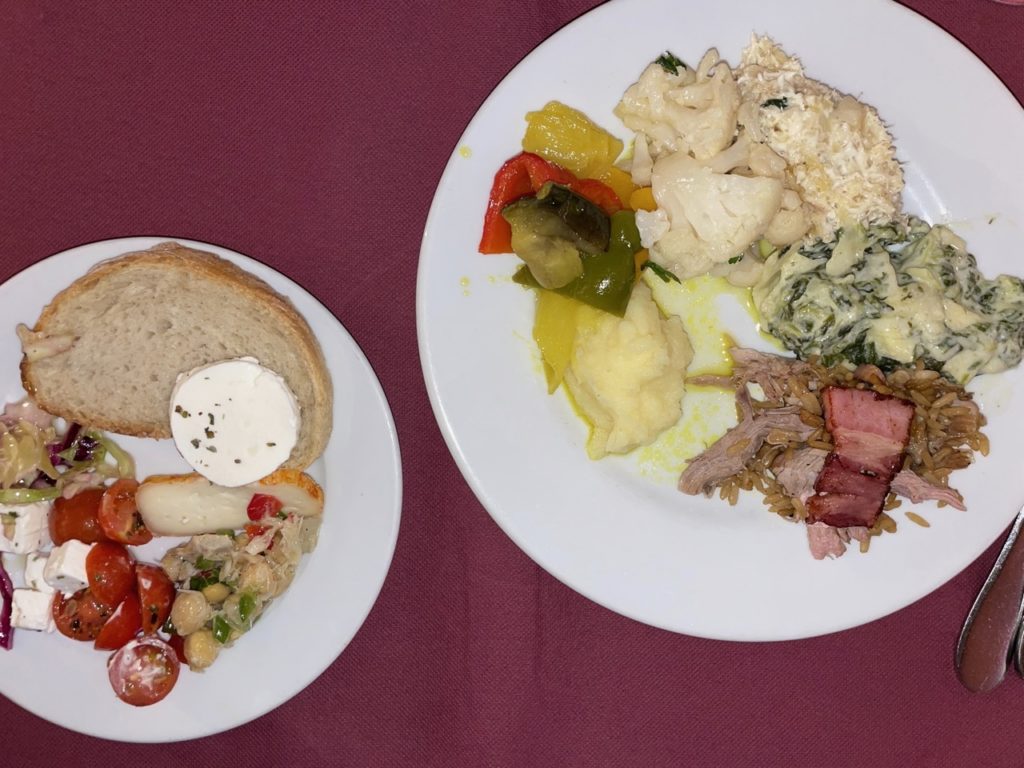
We also spent an afternoon at the Museu da Marioneta, or the puppet museum! It was a bit unnerving at times but mostly very interesting. Not only did it feature traditional Iberian puppetry, but there were also carvings, masks, and dolls from all over the world. The last room in the exhibit actually focused on contemporary Portuguese stop-motion animation, which was particularly fascinating.
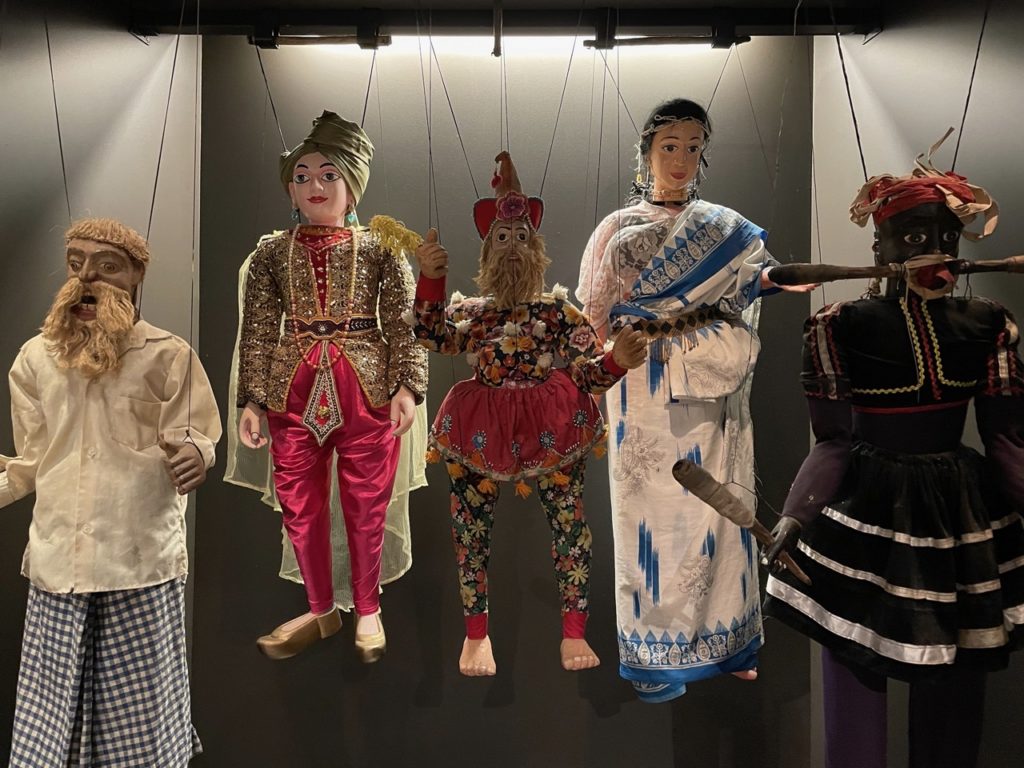
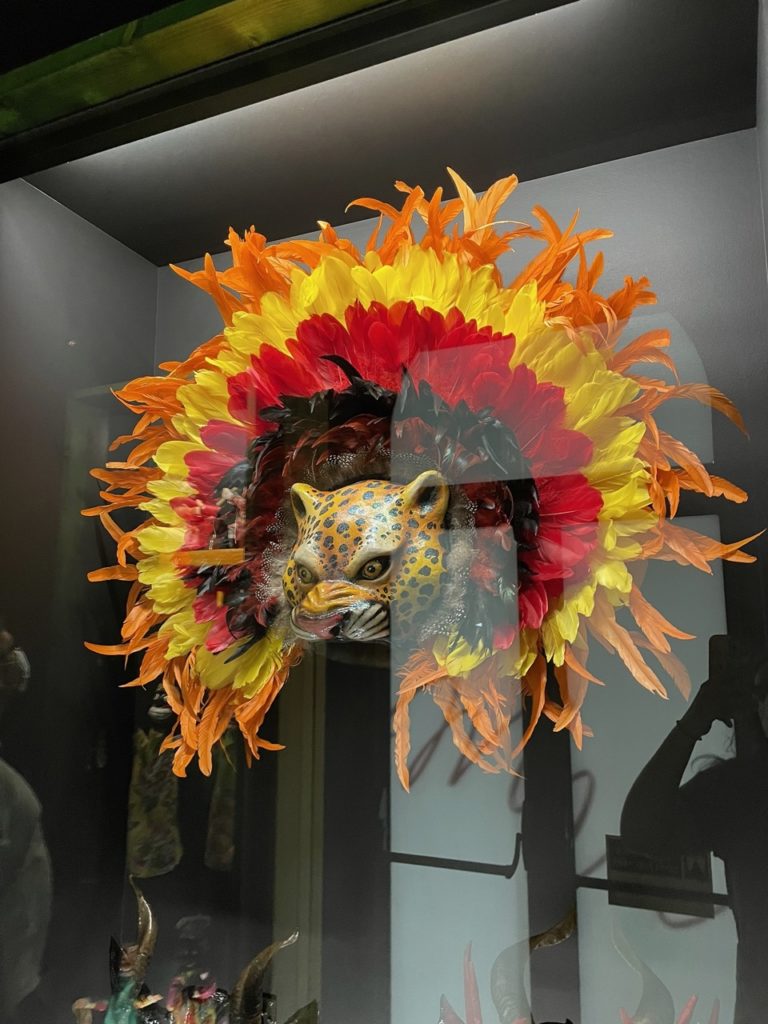
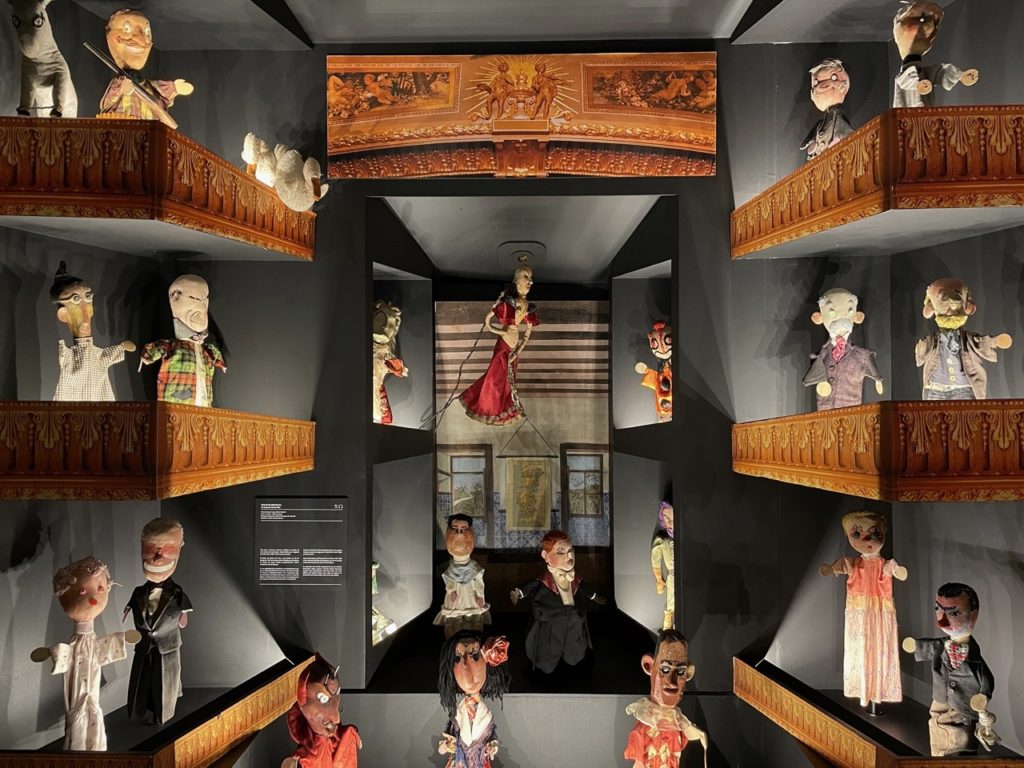
On one of our last nights in the city, Andrew and I attended a Friday night Shabbat service at the largest synagogue in town (out of a total of two). Lisbon (and the rest of the Iberian Peninsula) has seen a slight uptick in its Jewish population since 2013 and 2015, when Portugal and Spain, respectively, passed laws granting citizenship to the descendants of Sephardic Jews expelled during the region’s Inquisitions at the end of the 15th century.* It’s a strange feeling to experience something so familiar yet so different (due in part to regional and ethnic differences and in part because it was an Orthodox service).
*Note: the Spanish law’s window for petitioning for citizenship ended in 2019, and Portugal has recently significantly tightened their restrictions. So if you’re reading this and are a Sephardic Jew just now finding out, sorry.
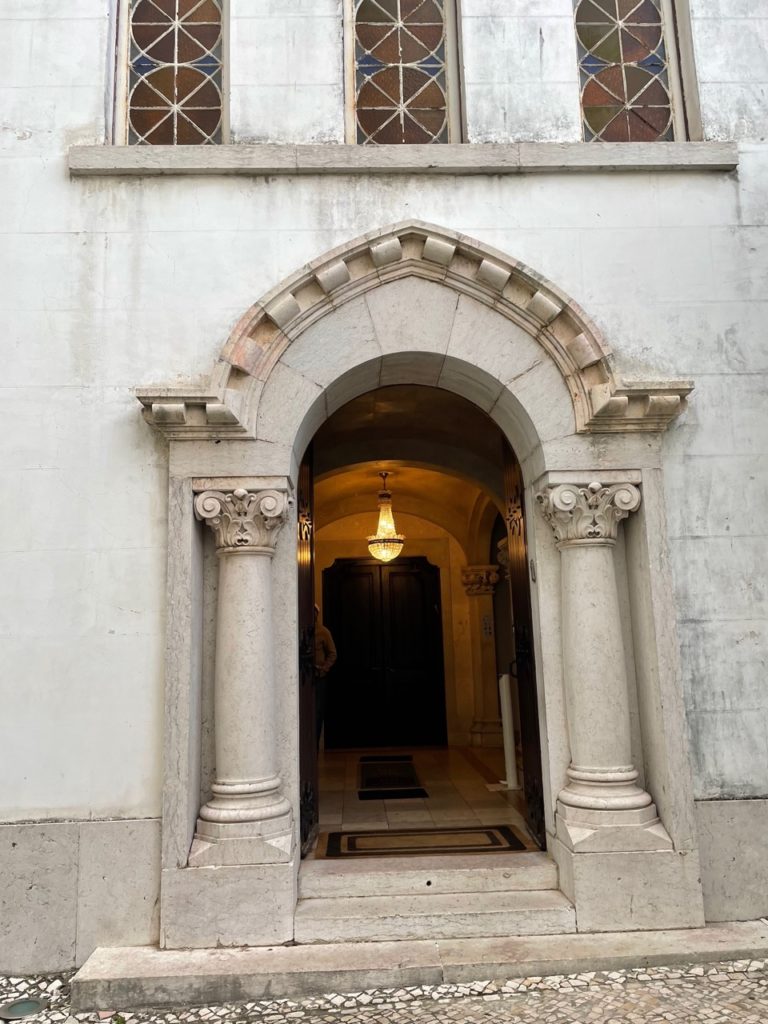
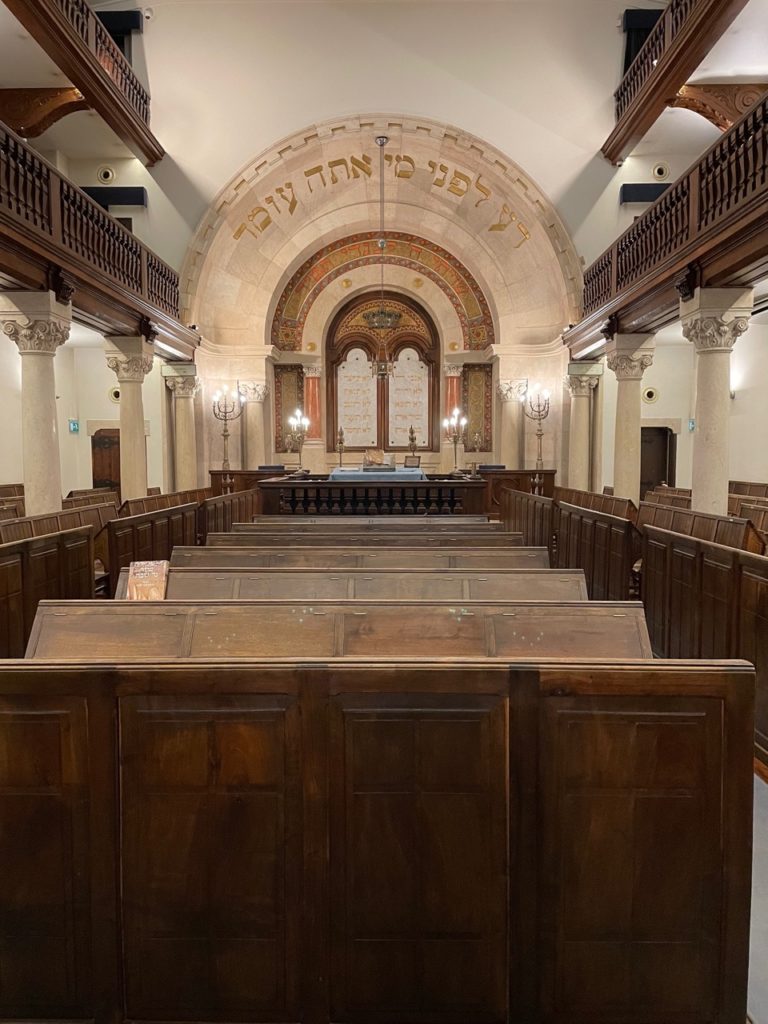
Finally, after all that, our time in Lisbon came to a close. Before we left, we managed to snag a few photos at a couple of the city’s many miradouros, or lookout points. They’re brutal to reach—some are atop hills so steep there are stairs built into the sidewalk—but once you get there, it’s worth it. It’s a view, and a week and a half, I’ll never forget.
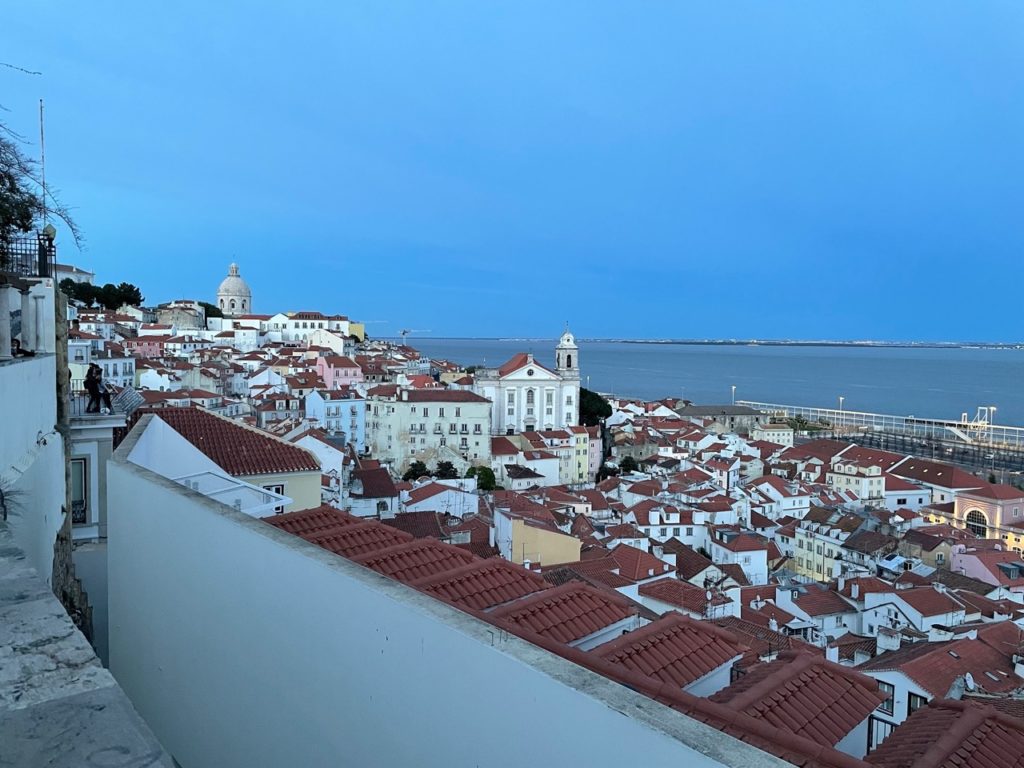
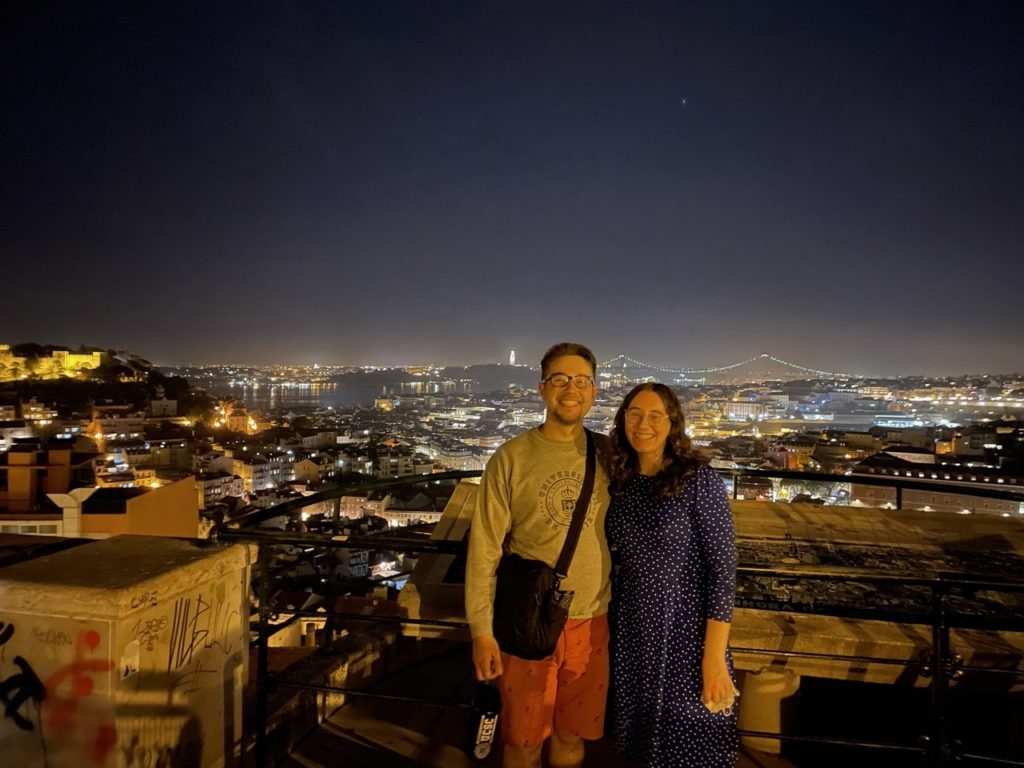
I’m still not sure exactly what it was about Lisbon that stuck with me. It’s funny how that happens, how a single place can stand out so vividly against all others without you ever really knowing why (for another example of this happening to me, read my post on Hanoi!). All I know is I’m glad we got to spend so many days there, and I genuinely hope I get to come back.
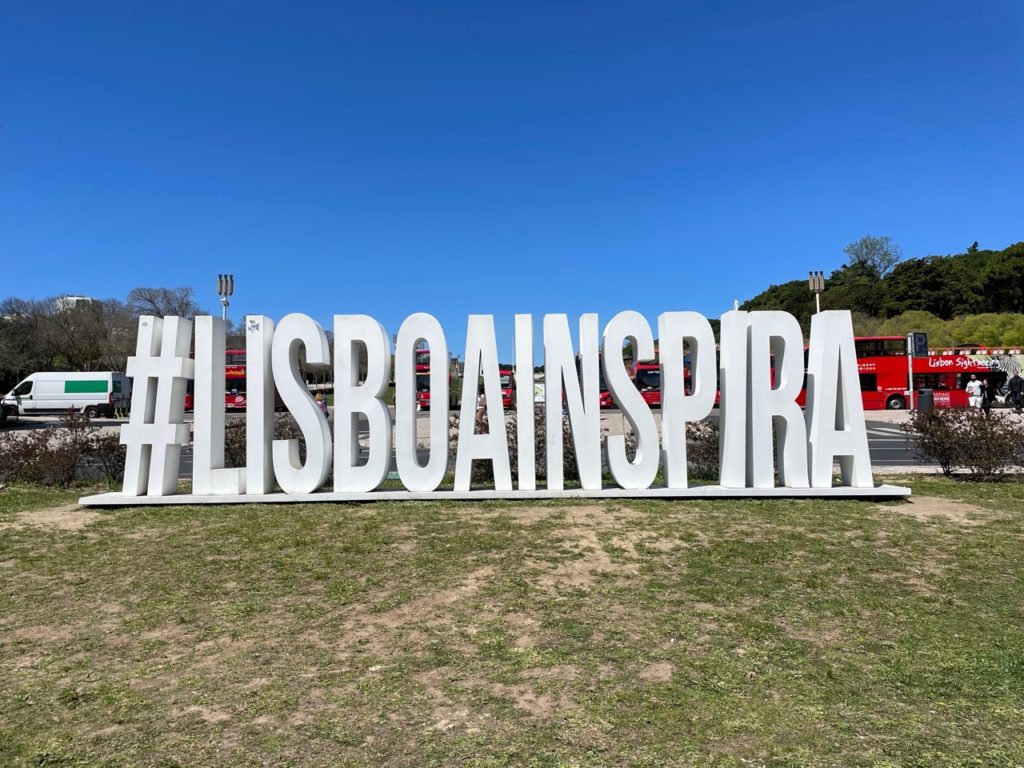
Translation: “Lisbon inspires!” I thought it an apt way to end this exceptionally long post (and you won’t believe how much I cut out!). Thanks so much for reading, and if you dropped off halfway through and then skipped to the end, no hard feelings.
In love and adventure,
E
i love that lisbon spoke directly to your heart. it’s been great to see the pictures and now read your post. what a wonderful way in. thank you!
This is a great blog, Emma, and not a word too long for us! Beautiful, fascinating, and enticing! And I suspect you will return.
Lisbon is your Cadiz Emma. I’m glad you connected to this city and from what you’ve shared I’d be up to visiting some day also if only for a taste of the ginja berry-and-spice-infused liquor served in a chocolate cup aperitif!
Safe travels…
Love Fred/Dad
Que de merveilles et que de souvenirs ! Les couleurs de Lisbonne …
Bravo Emma
Thank you Emma! If you ever want to get a job as a travel writer, I suggest you submit this post for part of your application.
As always, very fun to travel by proxy, and greatly appreciated (was the first comma a grammar error?).
Love,
aunt Lily
Mel
May 6 2022 Noon
The joy of travel is discovering that which you least expect, to reach out and invite you in to share the magic. One feels blessed to have experienced such an encounter.
Thank you for communicating these moments with such precision.
Mel/ Abuelo